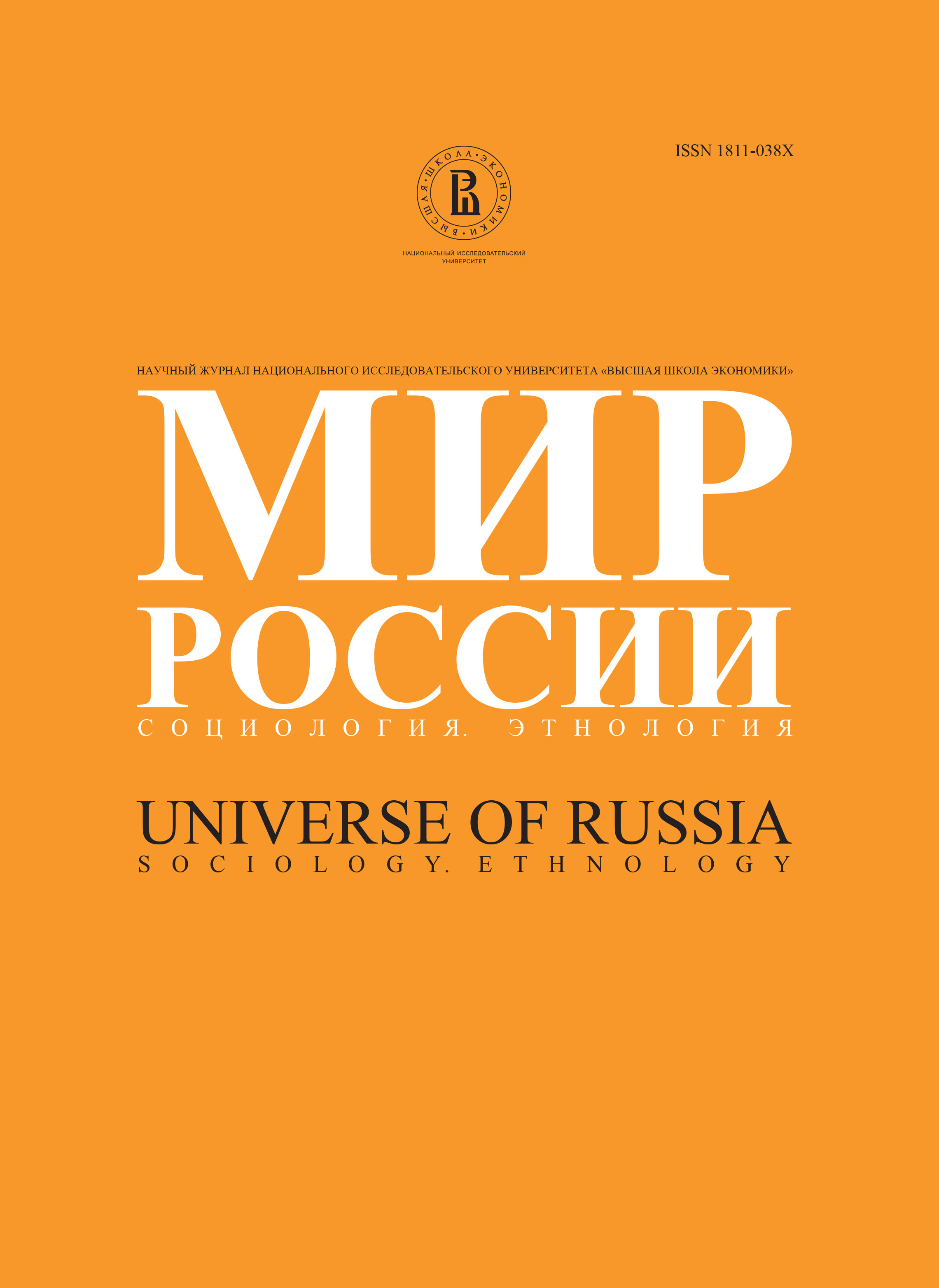Падение государственного социализма
Аннотация
В этом номере журнала мы публикуем одну из глав книги английского социолога Д. Лэйна «Взлет и падение государственного социализма (индустриальное общество и социалистическое государство)» (The Rise and Fall of State Socialism. Industrial Society and the Socialist State). В своей работе Лэйн рассматривает падение коммунизма как мультикаузальный феномен. Автор исследует факторы, которые, распространившись на всю систему, привели к ее ослаблению, а также причины происходивших изменений, исходя из предположения, что не было одной единственной причины или одного набора причин, которые могли бы объяснить дезинтеграцию.






